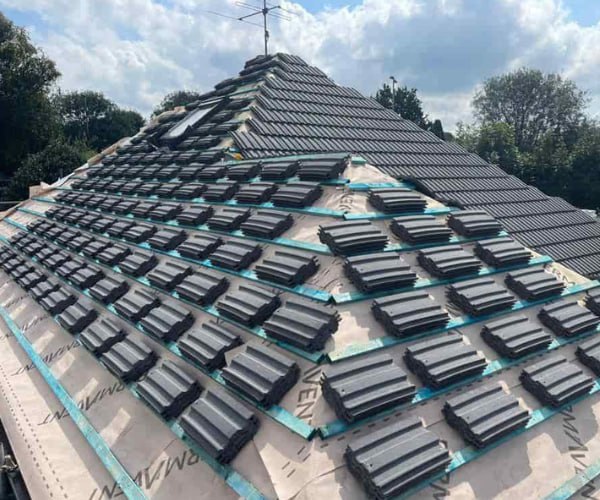The Impact of Heavy Rain on Lead Flashing
Introduction: Lead flashing is a vital component of roofing systems, providing a waterproof barrier that helps protect your home from moisture infiltration. While lead flashing is known for its durability and resilience, heavy rain can significantly impact its performance. In this blog post, presented by LNM Roofing Featherstone, we’ll explore the effects of heavy rain on lead flashing and discuss ways to ensure its continued effectiveness in wet conditions.
The Vulnerability of Lead Flashing to Heavy Rain
Lead flashing is designed to withstand various weather conditions, but heavy rain can pose specific challenges:
- Water Accumulation: When heavy rain falls over an extended period, it can lead to the accumulation of water around the base of chimneys, skylights, and other areas where lead flashing is commonly installed. Prolonged exposure to standing water can weaken the flashing’s seal and increase the risk of leaks.
- Water Runoff: In areas with steep roofs or where heavy rain quickly runs down the roof surface, lead flashing may experience a high volume of water runoff. The force of the water rushing down can pressure the flashing and joints, potentially causing damage over time.
- Expansion and Contraction: Lead flashing naturally expands and contracts with temperature fluctuations. Heavy rain followed by rapid temperature drops can exacerbate this expansion and contraction, potentially causing flashing to crack or lose its seal.
Maintaining Lead Flashing in Heavy Rain
To ensure that your lead flashing remains effective in heavy rain, consider these maintenance tips:
- Regular Inspections: Perform visual inspections of your lead flashing after heavy rain events. Look for signs of damage, gaps, or loose sections that may need attention.
- Clean Gutters and Downspouts: Keep your gutters and downspouts clear of debris to prevent water from overflowing onto the flashing. Proper drainage is crucial in preventing water accumulation.
- Sealing and Caulking: If you notice gaps or areas where the flashing appears compromised, use appropriate sealants or caulking materials to fill these gaps. Ensure the sealant is compatible with lead flashing.
- Professional Inspection: Schedule periodic inspections by a roofing professional. They can identify potential issues early and provide expert guidance on necessary repairs or maintenance.
- Flashing Replacement: If your lead flashing shows signs of severe damage or wear, consider replacing it. A new flashing installation can ensure the long-term effectiveness of your roof’s waterproofing.
Conclusion: Heavy rain can indeed impact the performance of lead flashing over time, but with proper maintenance and vigilance, you can mitigate its effects and ensure your roofing system remains watertight. Regular inspections, cleaning, and sealing are key to maintaining the integrity of your lead flashing in wet conditions.
Call us on: 01977 802 587
Click here to find out more about LNM Roofing Featherstone
Click here to complete our contact form and see how we can help with your roofing needs.

